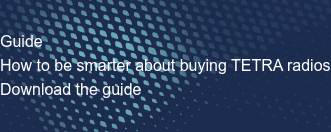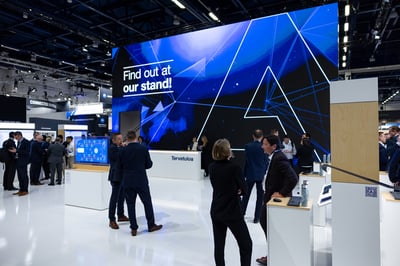So it’s finally time. You’ve decided your organization needs new TETRA radios. Maybe your next step is to write a RFP (request for proposal), send it out to radio vendors and choose the best offer.
But, how do you identify the best fit? How can you know the radios will meet your needs? How do you pick a vendor that “gets you” and understands the challenges you face? Clearly, you need to identify a list of important criteria and tasks to ensure the right solution.
So hang on, don't send out that RFP before checking these seven things:
1. Start with the key use cases
If you want to buy TETRA radios that really work for you, don’t write an RFP that reads like a technical specification and includes everything you can think of. Instead, concentrate on the important requirements. Describe how the radios should work and define your key use cases. This may mean more work when comparing the quotes, but you will be more confident that your choice will meet your needs.
You should also make sure you test the radios before purchase, to see how they will support your organization’s daily work. The radios should be configured to match the key use cases you defined in the RFP document. And don’t forget to test the radios with accessories too, especially when replacing your radio with a completely different make - very often, an accessory will work with one vendor’s radio but not another’s.
Don’t know where to start? This RFP guide has several example use cases that can help you put together use case descriptions of your own:.
2. One device for three jobs – or more?
Do you need to carry both a mission-critical radio and a smartphone on duty? You may want to ask vendors if you can reduce the number of devices you carry. Carrying one device instead of two can make things a lot simpler and bring a new level of convenience and efficiency, not to mention lower costs. What’s more, it’s easier and more secure to make apps in one device to share information. It also means you don’t have to carry two separate accessories, with fewer batteries that need to be charged.

The latest Airbus survey into the professional apps market also showed a trend towards hybrid devices.12% of the respondents said they plan to adopt hybrid PMR-broadband
devices (TETRA and smartphone, for example),
Learn more about the survey results - download survey report 2020.
But if you are not ready to go hybrid just yet and your organization will have both smartphone users and TETRA radio users, you may want to ask in the RFP how you can manage users in the best way over several networks. With thousands of users on a typical TETRA network and broadband network, managing every user individually and in different networks could be enormously time consuming and expensive.
3. It’s the way you carry it
Clear audibility, even in noisy environments, is extremely important for users. The way you carry your radio can make a big difference here. There are advantages to carrying the radio higher up – against the shoulder, for example, rather than hanging down from the belt. Wearing the radio in a higher position also provides better reception, particularly indoors. The audibility is much better and you don’t need to keep the volume of the radio up. Although audio accessories can fill this gap, many people don’t want to wear or use them.
Some radios have a magnetic holder to carry the radio on your shoulder and enjoy the benefits of better voice quality.
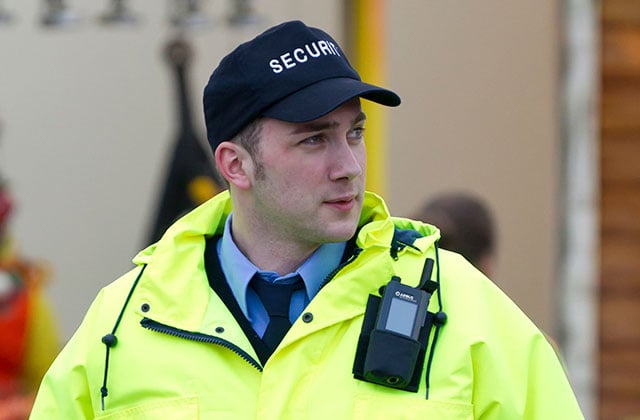
4. Keep your batteries working longer
Batteries are another vital aspect. Make sure you know how long the radio remains operational with a fully charged battery and also how many charging cycles the battery can manage without significantly losing strength. If you’re buying extra batteries, it’s a good idea to ask for the original radio manufacturer’s batteries for the specific radio model to ensure you get the best performance and highest safety in use.
In addition, if you have set a requirement for the power in Watts that the radio must be able to emit, you may want to ask how this will affect the battery life, as higher power use can reduce it.
You should also make sure the radio users can change the batteries easily by themselves – without losing too much time or focus on the task at hand.
5. How easy can it get?
A good radio is easy to use. Intuitive design means that when a user sees it, they know exactly what to do and can focus on the task at hand - they don’t need months of training to start using it.
Some radios will have special features, such as Voice Feedback, that let guide you to use the radio even without looking at it.
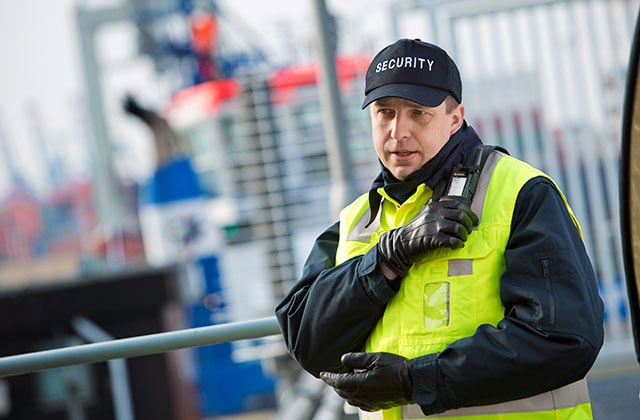
For example, the radio can tell you:
- Which group you just selected
- Which mode you switched to – Direct Mode DMO or Trunked Mode TMO
- Which action on the Fast Menu you chose.
Also, some radios are connected to accessories with a magnetic sensor, allowing your profile to be changed automatically. For example, when you enter a car, an automatic message is sent to the dispatcher.
These automatic features let you focus on your work, rather than on your radio.
6. That extra safety you don't want to miss
The importance of security can't be emphasized enough, especially when it comes to public safety users. They will appreciate radios that bring both personal safety and help them safeguard the public they serve.
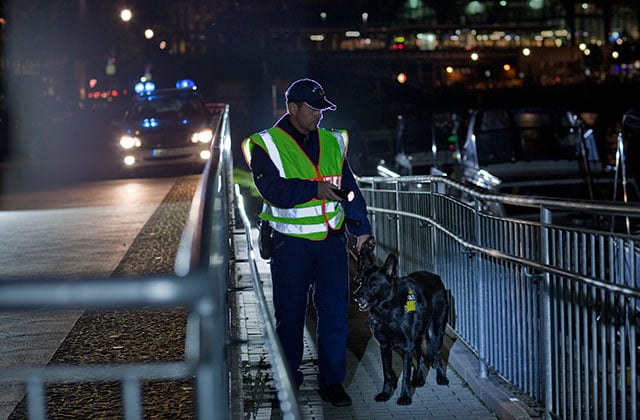
Good radios make it easier because they contain a positioning module, allowing them to be tracked. For example:
- The radio can automatically send its location at certain time intervals.
- The control room can ask for the location and the radio can send it. The user does not need to get involved.
- When the user makes an emergency call, the radio can automatically include the location information in the call.
You may want to ask vendors if their radios have any special safety features that could one day save someone’s life. A good radio is not only a means of communication - it also brings extra safety.
7. Cheap can mean expensive
Your radio must be configurable to fit your specific duties. Check that the functions you need, like GPS, are included. If the offered price includes only the radio unit, it may seem a bargain, but you will need to buy all the other items separately. The result could be a much higher final price than a “plug & play” radio package with all the necessary items included.
Don’t fall into the trap of a low price if it doesn’t give you what you need – always check that it gives value for money.
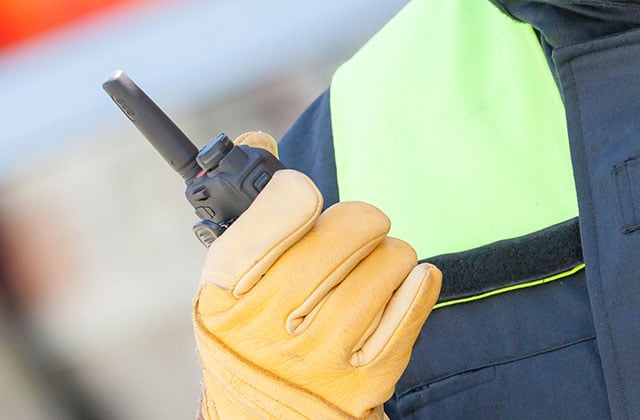
In addition, a good radio is durable with sufficient IP protection ratings. A radio classified IP65 at the minimum is dust tight, can withstand extreme temperatures and a 1.5 m free fall. It can also handle water projected from a nozzle.
You should also know that a radio with IP67 rating is not necessarily better for you than one rated IP65. In fact, an IP67 classified radio may be unsuitable for your needs!
It can be tricky to write an effective detailed purchasing specification that will meet all your needs but not over-specify things. That's why we created a guide to help get the right balance in your RFP/RFQ so you’ll get what you really need -- download the eBook "How to be smarter about buying TETRA radios"
-----
This blog post was updated in 2020 to offer a link to the report on the findings from the latest Airbus survey on mobile professional apps.

